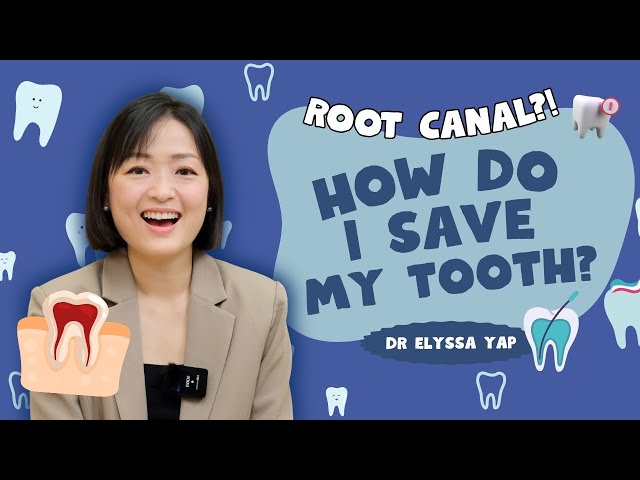About The Video
In this video, Dr Ho Ying Yao explains the importance of dental photography in modern clinical practice. He shares how taking intraoral photos helps patients visualise their oral health, making diagnoses easier to understand. By showing images of defective fillings or worn restorations, patients can see exactly what needs attention, improving communication and trust. This visual approach encourages patients to take greater ownership of their oral care.
Dr Ho Ying Yao also discusses how dental photography supports continuity of care. Since patients may see different dentists at various appointments, having photographic records ensures consistency in diagnosis and treatment planning. Photos serve as valuable references for both colleagues and patients, helping document progress and align care decisions. The video highlights how photography strengthens education, collaboration, and long-term dental outcomes.
Dental photography has become an essential part of clinical documentation and patient engagement. Intraoral images allow dentists to show conditions such as decay, fractures, or defective fillings clearly, bridging the gap between clinical findings and patient understanding. This transparency builds trust and motivates patients to act on treatment recommendations. Visual evidence can also help explain preventive measures, such as improving brushing techniques or monitoring wear.
Beyond patient education, dental photography plays a crucial role in treatment planning and collaboration. With accurate, consistent images, dental professionals can communicate more effectively across specialisations, ensuring continuity of care when multiple providers are involved. It also allows for progress tracking during long-term treatments such as orthodontics or restorative work. By integrating photography into daily practice, dentists enhance clarity, accountability, and overall treatment quality.



-Oct-07-2025-03-49-18-4646-AM.png)
-1.png)
-3.png)